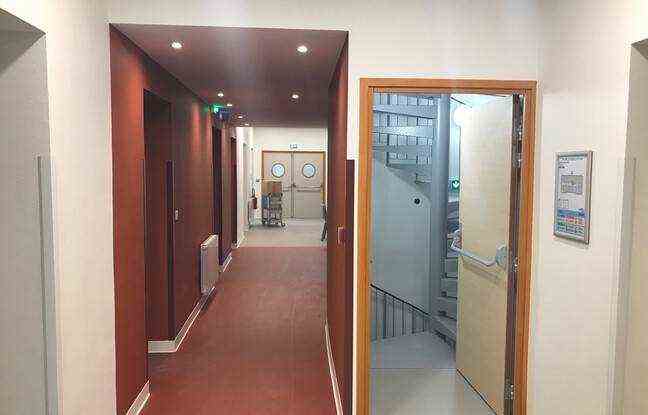The entrance is discreet. A double gate along the Quai Ménachem-Taffel, a stone’s throw from the Strasbourg Civil Hospital. It was here, in November 2016, that a lower-risk consumption room (SCMR), commonly known as a “shoot room”, saw the light of day. The Alsatian capital had almost been a pioneer, with a small month behind the first one installed in Paris.
Almost five years later, the place is now known. Between 60 to 80 people come, every afternoon from 1 to 7 p.m., to consume under the supervision of two professionals, including at least one nurse. “From the start, we have had 1,300 different people. The public is renewing itself and there are not many worries, perhaps forty overdoses, which have been managed ”, explains to 20 minutes Gauthier Waeckerle, director of the Ithaque association, which manages the room. And now also … rooms.
Because the work started at the end of 2019 is now complete and around ten beds have been accessible since June 7. Six singles and two doubles, all located on the first floor of this large building. “This accommodation allows people to enter care pathways and avoid discrimination linked to their addiction”, rejoices Adeline Jenner, of the regional health agency (ARS) of the Grand-Est.
“Home care for people who have no home”
“They are allowed to land and provide home care to people who do not have a home,” continues the person in charge of the place, specifying that the use of any narcotic is prohibited in the rooms. But not elsewhere: the SCMR, called “Argos”, now remains open at night, exclusively for those who sleep and can also eat for free on site.
But wouldn’t that be a way of pushing them to consume? “Do you think they need us for this?” », Responds tit for tat Gauthier Waeckerle by insisting on the preventive aspect of the famous room. “We are here to delay consumption, not to encourage it. “
The criteria for having access to accommodation, with shared kitchen and bathroom facilities, are clear: being homeless “or in precarious accommodation”; already be a user of the SCMR; and “have a health problem requiring follow-up”, specifies doctor Alexandre Feltz, deputy mayor of Strasbourg in charge of health, citing “for example a fracture or hepatitis”. The reception is also limited to two or even three months maximum, so that there is a certain rotation.

The first floor will soon be complete, work on the second is underway. By the fall, around ten additional accommodation places should see the light of day, and therefore increase the accommodation capacity to twenty beds. “It is an experimental device that will be evaluated over three years. The idea is that it does not stop in Strasbourg “, further specifies Gauthier Waeckerlé before revealing the operating budget of the place:” about 1.7 million euros, or 120 euros per person per night … But that’s nowhere near the cost of a day in the hospital. “

